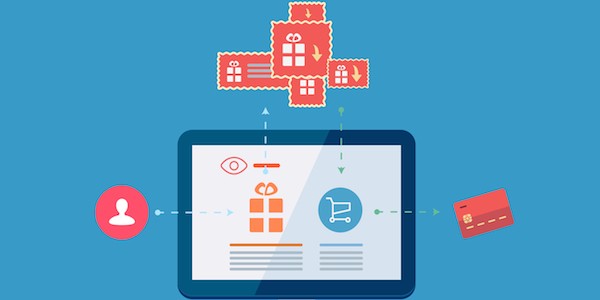You may have noticed, organic (meaning unaided by advertising) reach of your Facebook posts has slipped.
Significantly.
Which is why a lot of marketers like yourself are dabbling into social media paid advertising.
The statistics are promising. On Facebook, desktop ads have 8.1X higher click through rates; while mobile ads have 9.1X higher click through rate versus regular web ads. Twitter also reports a nearly 600% higher engagement rate versus traditional banner ads, that led 80% of marketers to start using promoted tweets.
And this is just the tip of the iceberg!
Here’s how you can get started–
1. The Power Of Sharing
Even though organic sharing isn’t as powerful as it once was in terms of driving sales, there is still value in it, because you can use it to test and see what works for your users.
Sharing on your social media accounts allows you to see how your audience will react to a new campaign or product so you can now tailor-fit your advertising efforts and make it more effective.
For example, if you want to advertise your blog, you can go on Facebook and post a benefit driven headline to promote it on the first week, just to see how many of your followers will engage on the post. Follow that up with a curiosity driven headline the following week to see how they will react to it. Whichever post gets the most engagement is likely the best strategy to use when you start creating your social media ads for your blog.
In terms of content, it's a great way to see what kind of content captures the attention of your users.
You’ll notice that some posts engage people, while others don’t. Certain social media platforms, like Facebook offer tools (Facebook calls their’s “Insights”) that allows you to see the numbers behind the engagement.
The “Insights” tool it just one reason why most paid advertising beginners use Facebook to get started.
2. Zero In
In traditional marketing or advertising, the biggest hurdle has always been its lack of focus when it comes to sending out your intended message.
Now, the beauty of taking your advertising efforts online is how you can be more specific about the people you want to reach.
If I was running a cafe for instance, and wanted to advertise, I wouldn’t have to advertise blindly and hope coffee drinkers actually get to see my ad in the paper. Online, I can specifically target my ads to be seen not only coffee drinkers, but coffee drinkers who are near my shop.
Now, taking that a step further, you can also retarget to increase your chances of conversions. Check out our previous post on the basics of retargeting here.
3. Be Aware Of Your Surroundings
Be aware of the specifics that drive the different platforms.
Facebook is by far the most popular, but there numerous advertising options available via LinkedIn, YouTube, Twitter, Pinterest, Tumblr etc.
So in terms of choosing where to advertise, stick to where you community is. Start there and once you get the hang of that, go on and explore other platforms where you can potentially grow that community.
4. You Lose Some, You Win Some
Expect to lose money in the beginning.
You can get started with $10 a day with paid advertising; just don’t expect that $10 dollars to bring you a return of investment worth $1000 overnight. What you do get however, is meaningful data regarding what’s working and what’s not in terms of expanding your reach via social media advertising. If you see it works, then scale up (increase your daily budget), if it doesn’t, then it might be time to try something new.
5. In The Palm Of Their Hand
Over 80% of Facebook users check their page on mobile. The same can be said for Twitter.
So when it comes to your ads, you have to think about the pages after they click on it. Regardless of which social media platform you choose to advertise on, remember that social media is being consumed more on mobile devices, tablets and smartphone, versus desktops.
What is the point of leading people to your site if these users get turned off because your site’s flash player refuses to load on their tablets or phones? Check if your pages are responsive on mobile, how long it takes for you pages to load, is the site easily navigable on a smartphone…you already managed to get them to click on your ad and go to your blog or website, make sure you do everything you can so that they stay.
Any Questions?
Be sure to leave them in the comment section below so I can go through it and try to answer as best as I can.
Again, if you know someone who would find this article useful, please help us spread the word!
– Mercer
